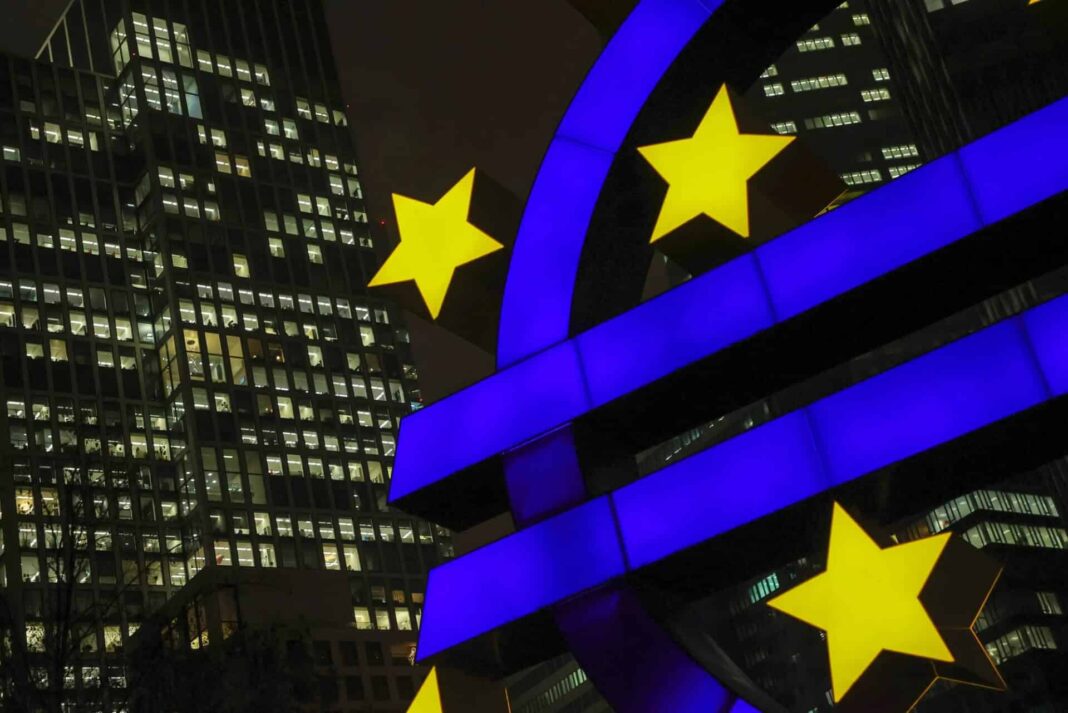KeyTakeaways:
- ECB’s digital euro proposal aims to safeguard Europe’s financial independence.
- Trump’s stablecoin initiative prioritizes the growth of dollar-backed assets globally.
- European banks fear the impact of digital euros on traditional deposit systems.
The European Central Bank (ECB) has introduced plans to launch a digital euro in response to US President Donald Trump’s executive order promoting the development of dollar-backed stablecoins.
In the face of Trump’s initiative, the ECB is advancing its digital currency project, positioning the digital euro as a countermeasure to potential shifts in the global financial market. ECB board member Piero Cipollone expressed concerns that Trump’s plan could divert users away from traditional banking systems, ultimately enhancing the dominance of the US dollar.
He emphasized that the growing interest in dollar-backed stablecoins could further disintermediate banks, impacting their revenue and customer base. Cipollone highlighted the urgency of introducing a digital euro to maintain European financial stability.
Challenges from European Banks
While the ECB’s proposal to introduce a digital euro garners attention, it also raises concerns among European banks. Banks are wary that the advent of a central bank digital currency (CBDC) could prompt consumers to move funds out of traditional bank accounts and into digital euro wallets.
This shift may harm banks’ reserves, forcing them to adapt to the changing financial ecosystem. Despite these concerns, the ECB is moving forward with its plans, though it still awaits approval from European lawmakers before making a final decision.
Trump’s Executive Order on Stablecoins
Simultaneously, President Trump’s executive order is positioning the United States as a leader in the digital asset space, with a particular emphasis on stablecoins. The order focuses on creating a framework to regulate digital currencies, aiming to promote the development of stablecoins backed by the US dollar. Trump has made it clear that his administration opposes the issuance of central bank digital currencies, which contrasts directly with the ECB’s position on the matter.
The contrasting approaches taken by the US and Europe reflect differing views on the future of digital finance. While the Trump administration pushes for the integration of dollar-backed stablecoins, the ECB seeks to preserve European financial autonomy by exploring the potential of a digital euro.

